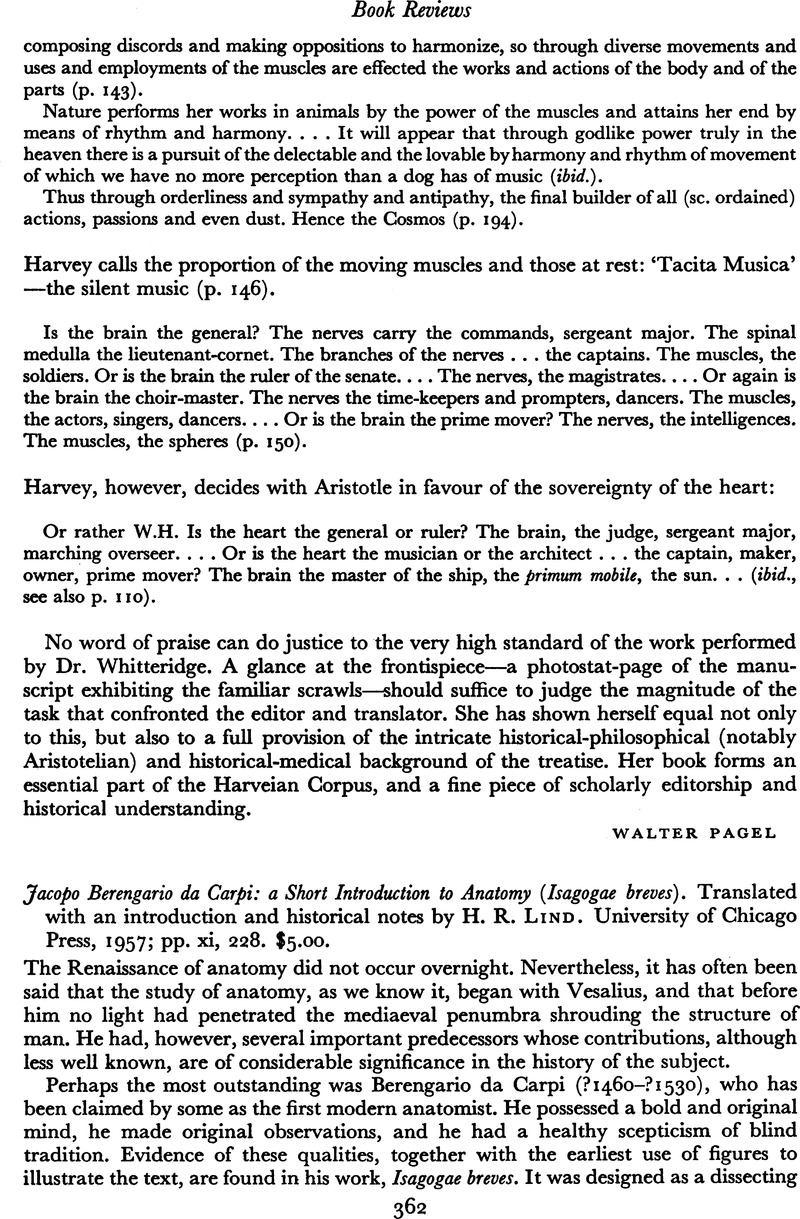
development re-enacts evolutionary history). He became a strident proponent of the theory of natural selection, and wedded it to his embryological work, confidently stating that ontogeny recapitulates phylogeny (i.e. In his book Across the Bridge: Understanding the Origin of the Vertebrates, Henry Gee pointed out how evolution and embryology became intertwined as disciplines, which is largely thanks to the prolific artist and scientist Ernst Haeckel (see his oeuvre in The Art and Science of Ernst Haeckel).

At this point in time, scientists were particularly struck by the many similarities on the inside of animals, and their drawings compare animal structures to show how skeletons and organs of vertebrates hint at a shared origin.īy the 19th century, description and classification were starting to give way to mechanism and process, not least because of the impact of the theory of natural selection. This includes works by the Dutch Volcher Coiter, but also well-known scientists such as George Cuvier, Richard Owen, and many others, showing us (parts of) birds, snakes, turtles, primates, and many other animals. The next phase Bainbridge highlights is the fascination with the variety of life in works from the seventeenth to the nineteenth century and with it the rise of comparative anatomy.

Skeletons, skulls, legs, viscera – you will see the horse as never before.

Bainbridge especially highlights the work of the 16th century Italian Carlo Ruini and 18th century Englishman George Stubbs. These polymaths, who, unbeknownst to me, were contemporaries, drew and painted many different subjects, so only a few representative anatomical images are here included (see their complete oeuvres in Leonardo Da Vinci: Complete Paintings and Drawings and Albrecht Dürer, but see also Nature’s Artist: Plants and Animals by Albrecht Dürer).Ī specific chapter is reserved for the horse, which was a hugely popular subject for artists, and a wonderful mixture of black-and-white engravings and colour paintings is included. Bainbridge picks Leonardo da Vinci and Albrecht Dürer as his starting point. Bestiary: Animals in Art from the Ice Age to Our Age shines more of a light on this phase of art history. In Europe, we rather saw monstrous and fantastical depictions in bestiaries. The early records of anatomical artwork are scant, though works have come to us from the Middle East and Asia.

“ The Art of Animal Anatomy: All Life is Here, Dissected and Depicted“, written by David Bainbridge, published in Europe by Herbert Press (an imprint of Bloomsbury Publishing) in October 2018 (paperback, 256 pages)īainbridge has divided The Art of Animal Anatomy into five chronological chapters and limited himself to depictions of vertebrates.


 0 kommentar(er)
0 kommentar(er)
